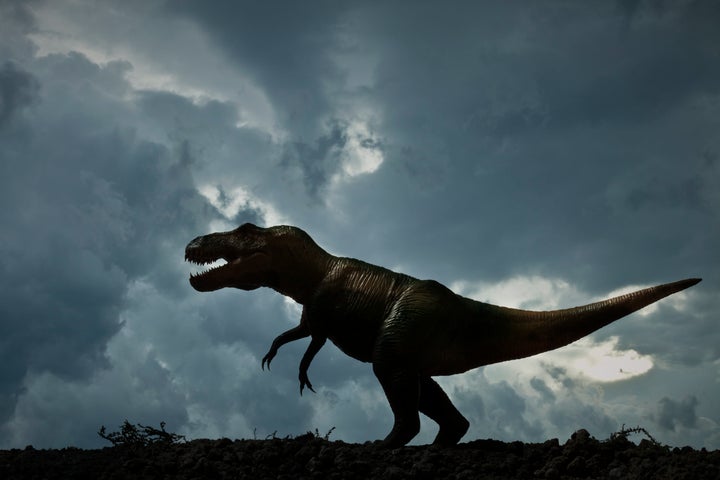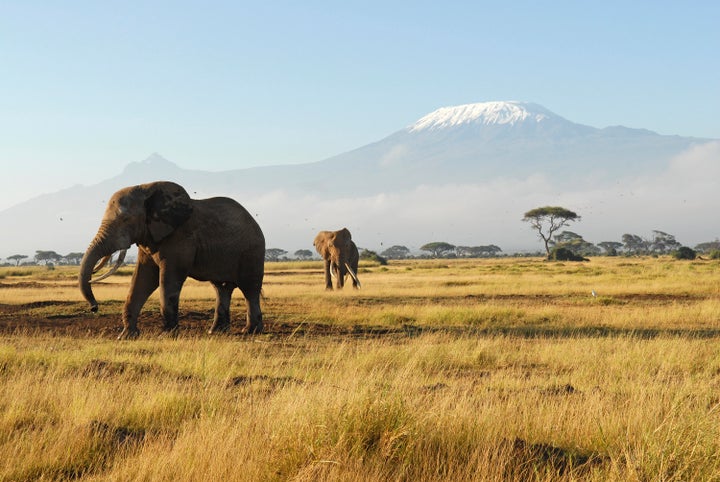It is fair to say that of all the dinosaurs that existed the Tyrannosaurus rex is widely considered the scariest and most dangerous.
Yet a new mathematical model by researchers has shown that despite how we show T. rex in popular culture it suffered from one major drawback: It was slow.

Now when we say slow we really do mean, slow. In fact the researchers believe that had we been alive at the time of T. rex’s reign, the fastest humans would have actually been able to outrun the titanic creature with relative ease.
According to the research, T. rex’s maximum speed was just 17mph. The average human can run at about 15mph, however casual and seasoned runners can easily reach speeds of 20mph, outrunning the fearsome beast.
If that still doesn’t fill you with confidence then consider the fact that T. rex would also take a lot longer to reach its top speed than a human.
The study, carried out by scientists at the German Centre for Integrative Biodiversity Research, involved looking at over 500 species and testing a mathematical model that could easily calculate an animal’s maximum speed.
The only information the model needs is the weight of the animal as well as the terrain that it’s travelling on (land, water, air).
“The best feature of our model is that it is universally applicable,” says the lead author of the study, Myriam Hirt of the iDiv research centre and the University of Jena.
“It can be performed for all body sizes of animals, from mites to blue whales, with all means of locomotion, from running and swimming to flying, and can be applied in all habitats.”
What the scientists found was that by feeding this information into their model they could predict the anima’s maximum speed with 90% accuracy.
The model works by assuming two things, which are that the larger an animal is the more muscle it has so theoretically the faster it can reach its top speed.

However one must then start taking into account Newton’s law of motion which explains why a 2.5-tonne African elephant just can’t reach its top speed as quickly as a cheetah can.
While the model isn’t 100 per cent accurate, it’s a huge step forward over previous estimates and could have major implications for the field of archaeology.
“In future, our model will enable us to estimate, in a very simple way, how fast other extinct animals were able to run,” says Hirt.
